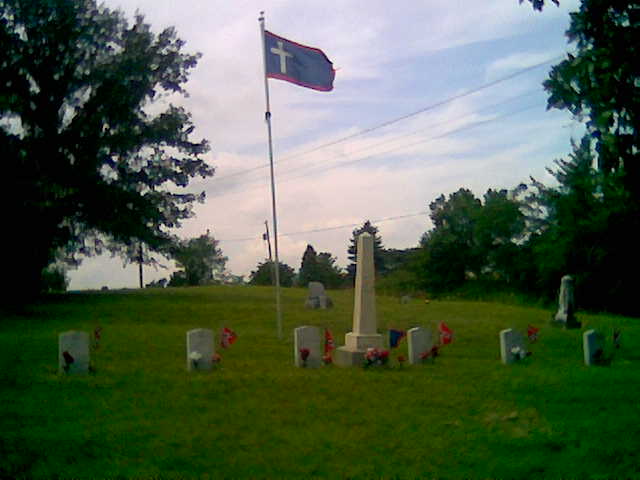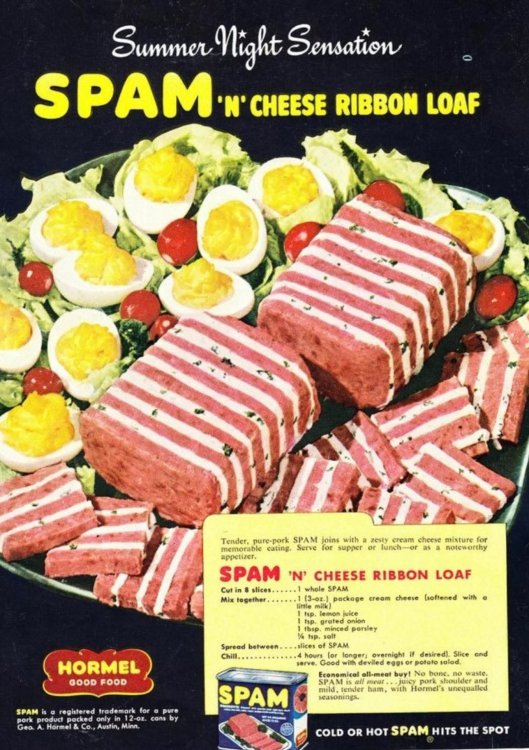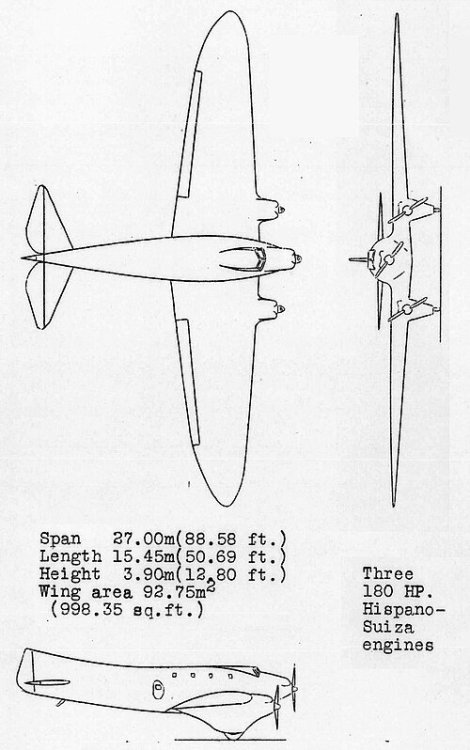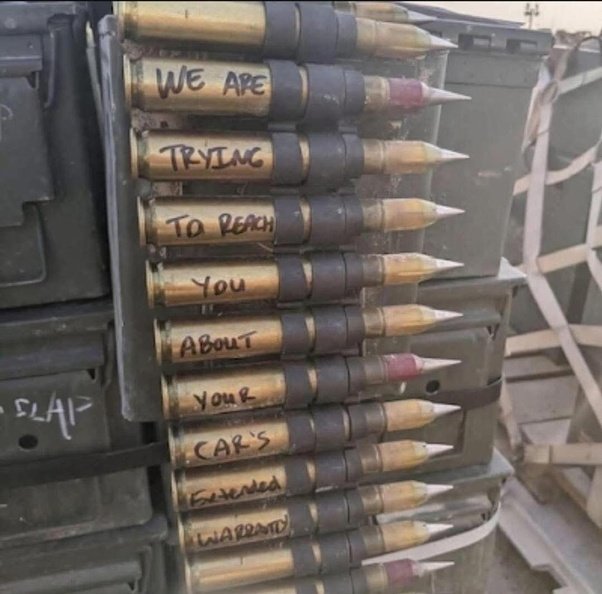-
Posts
53,468 -
Joined
-
Last visited
-
Days Won
631
Content Type
Profiles
Forums
Events
Everything posted by Subdeacon Joe
-
Legal if you have a commercial license for doubles. Maybe only one driver. Maybe wanting to save money on fuel, driving only one rather than two. Or, if two people have CDLs, split the driving.
-
@Hardpan Curmudgeon SASS #8967 Sign here: X_____________________________ Ingredients 1/2 cup dried figs chopped 1/2 cup dried dates chopped 1/2 cup almonds toasted 1/2 cup walnuts chopped 3/4 cup all-purpose flour 1 tsp ground cinnamon 1/2 tsp ground cloves 1/2 tsp ground coriander 1/4 tsp ground black pepper 1/2 cup honey 1/4 cup sugar 1 tbsp butter Zest of 1 orange Optional: thin orange slices for garnish Preheat oven to 300°F (150°C). Line a small round baking tin with parchment paper. In a bowl, combine figs, dates, nuts, flour, and all the spices including orange zest. In a saucepan, gently heat butter, honey, and sugar until the sugar dissolves and the mixture bubbles slightly. Pour the honey mixture into the dry mix and stir to form a thick, sticky dough. Press the dough into the prepared pan and flatten evenly. Bake for 30–35 minutes, then let cool completely before slicing into wedges. Top with orange slices for garnish (optional)
-
Well.....the Egyptians had a fruitcake ca. 2,000 BC. Greeks had a fruit & cheese bread in antiquity. Romans had something like a cross between fruitcake and panforte. Those all seem to have been offerings in religious rites. Around AD 600 the English had "plum cake" which was a sweet, dense cake with dried fruits, nuts, and some spices. Associated with Christmas. So, I don't think it's so much that panforte "devolved" into modern fruitcake, but it developed as a type of fruitcake that was suitable for travelers.
-

Why Women Live Longer Than Men, Chapter 843
Subdeacon Joe replied to Subdeacon Joe's topic in SASS Wire Saloon
What's interesting is: So it looks like it's not men that are the problem. -
Site was down. Lots of us said to ourselves, "What did I do to be blocked????" Wasn't any of us, just the site needing more coffee. Or something.
-
-
Good stuff, Maynard! I've made versions of this when I played in the SCA. A little goes a long way. Pairs well with port or single malt.
-
Easy to tell that it's fake. The capons and quockerwodgers won't make it public. And especially won't contact people by text or phone call. They want to catch people unaware so they can bray about gun owners not being law abiding citizens.
-
https://www.instagram.com/reel/DL-byWdIC89/?igsh=MTc4MmM1YmI2Ng==
-
A culinary treat from the 1950s 1 whole SPAM 1 3 oz package cream cheese (softened with a little milk) 1 tsp. lemon juice 1 tsp. grated onion 1 tbsp minced parsley 1/4 tsp. salt Mix all ingredients except for SPAM. Spread between slices. chill 4 hours (or longer; overnight if desired). Slice and serve. Good with deviled eggs or potato salad.
-
Ugly plane. https://aviation.paris/en/module/xipblog/single?id=33&rewrite=couzinet-type-10-biarritz&page_type=post https://en.wikipedia.org/wiki/Couzinet_10 Couzinet 10 3-view drawing from NACA Aircraft Circular No.77
-

Shame Brought to my Regiment
Subdeacon Joe replied to Cold Lake Kid, SASS # 51474's topic in SASS Wire Saloon
The first 2 articles i found about this seemed like overreacting to stupid, young, bored soldiers doing stupid, young, bored soldier things. Mildly offensive, but nothing really damnning. Stuff like But then I read 2 more that went into more detail. I'll agree, beyond the pale.- 1 reply
-
- 1
-

-
A couple to get you started. I've seen 'em with only a handful of ingredients, on up to a dozen. Don't trust a receipt that tells you to cook the bacon in the oven, or that tells you to pour off all but 2 TBS of the bacon fat (OK, if there is like a cup of fat in the skillet you'll want to drain off about half of it, otherwise leave it). Always use shallots and onions. Try red onions rather than sweet onions, or both. Heck, for less sweetness use regular yellow or white onions. https://www.thekitchn.com/sweet-savory-bacon-jam-recipes-from-the-kitchn-193505 https://www.learningtosmoke.com/how-to-make-bacon-jam/ I like the flavors in this one, and especially the note at the end about playing with flavors, BUT it falls into the "Don't Trust" category because it says to pour off all but 1/2 TBS of the bacon grease. https://soufflebombay.com/recipe-bacon-jam/#recipe
-
U.S. Naval Institute · Follow orepnsotdS9chl1mgu051747t541h8423a730h2805t18a0g66gffll20hta · #OTD in 1945, USS Cod made the only international sub-to-sub rescue when it saved the crew of the grounded Dutch 0-19. The Dutch crew was so thankful that they later held a big party for the U.S. crew. The Cod commemorated the event by adding a martini glass to its scoreboard.
- 1 reply
-
- 3
-

-

-
An elegant garment from a more civilized time. Jefferson and Franklin would approve.
-
Just reduce it, no need for cornstarch. Or use an electric hand mixer and blend it into some softened butter. I like it in coffee with cream. Not the compound butter, just the syrup
-
A couple of days ago, just for laughs, and because I have several large bags of frozen corn from the Food Bank, I asked one of the AI programs for a receipt using Bratwurst, Frozen Corn, and Onions. I gave me one which I got around to making this evening. My modifications are in ( italics ) Bratwurst, Corn & Onion Skillet Ingredients: 4 bratwurst sausages (uncooked or precooked) 1 tablespoon olive oil or butter 1 large onion, sliced 2 cups frozen corn (no need to thaw) 2 cloves garlic, minced (optional) Salt and pepper to taste 1 teaspoon smoked paprika (optional, adds nice flavor) Fresh parsley or green onions for garnish (optional) --- Instructions: 1. Cook the Bratwurst: If using uncooked brats, place them in a skillet with about ½ cup of water. Cover and simmer over medium heat for 8-10 minutes, turning occasionally. (lightly brown, Add water, onions ¼ tsp padrika, cover cook 5 minutes, remove sausages, add corn to onions and water, simmer 4 or 5 minutes. Slice sausages, add back to pan, cover, cook about 4 minutes, remove lid, reduce until almost dry) BASICALLY, I IGNORED WHAT IS BELOW HERE. COMBINED STEPS AND SHORTENED THE PROCESS. It was GOOD. Wife said, "Whatever you did, do it exactly again. Or as close as you can." So I opened up my Documents and added my notes. It would make a great base for chowder. Ot just a little sour cream to cut the sweetness of the onions and corn. Remove lid, let the water evaporate, and brown the brats on all sides with a little oil or butter. If using precooked brats, just slice them into rounds or leave them whole and brown them in the skillet with oil. 2. Sauté the Onions: Remove brats from skillet and set aside. In the same skillet, add 1 tablespoon of olive oil or butter. Add sliced onions and cook over medium heat for 5-7 minutes, stirring occasionally, until softened and lightly caramelized. 3. Add Corn & Garlic: Add frozen corn directly to the skillet with the onions. Stir in minced garlic (if using). Season with salt, pepper, and smoked paprika. Cook for 5-7 minutes, stirring occasionally, until the corn is heated through and starts to get a little golden. 4. Combine & Serve: Slice the browned brats (if whole) and add them back to the skillet. Stir everything together and heat for 2-3 minutes. Taste and adjust seasoning.
-
Only the 3rd catcher in major league history to hit a walk-off, inside the park home run. https://apnews.com/article/giants-bailey-60e0d2e42f6768575440665be617a1d4 "It was also the first time in nearly nine years that a player has hit a walk-off, inside-the-park home run in the majors. Cleveland’s Tyler Naquin was the last to do so on Aug. 19, 2016." It was payback https://www.mlb.com/news/giants-phillies-walk-off-inside-the-park-home-run-repeated-from-1989 "Watch enough baseball and you'll see something you've never seen before. And if you wait long enough, you might even see it again. Or, at least, something pretty close to it." "According to the Elias Sports Bureau, Bailey's speedy round-tripper was the first time a team won via a walk-off inside-the-park home run when trailing by multiple runs since ... wait for it ... the Phillies did it to the Giants in 1989. Same teams, roles reversed."
-
Notice that I said Dress Uniform. I suppose you went into action wearing
-








